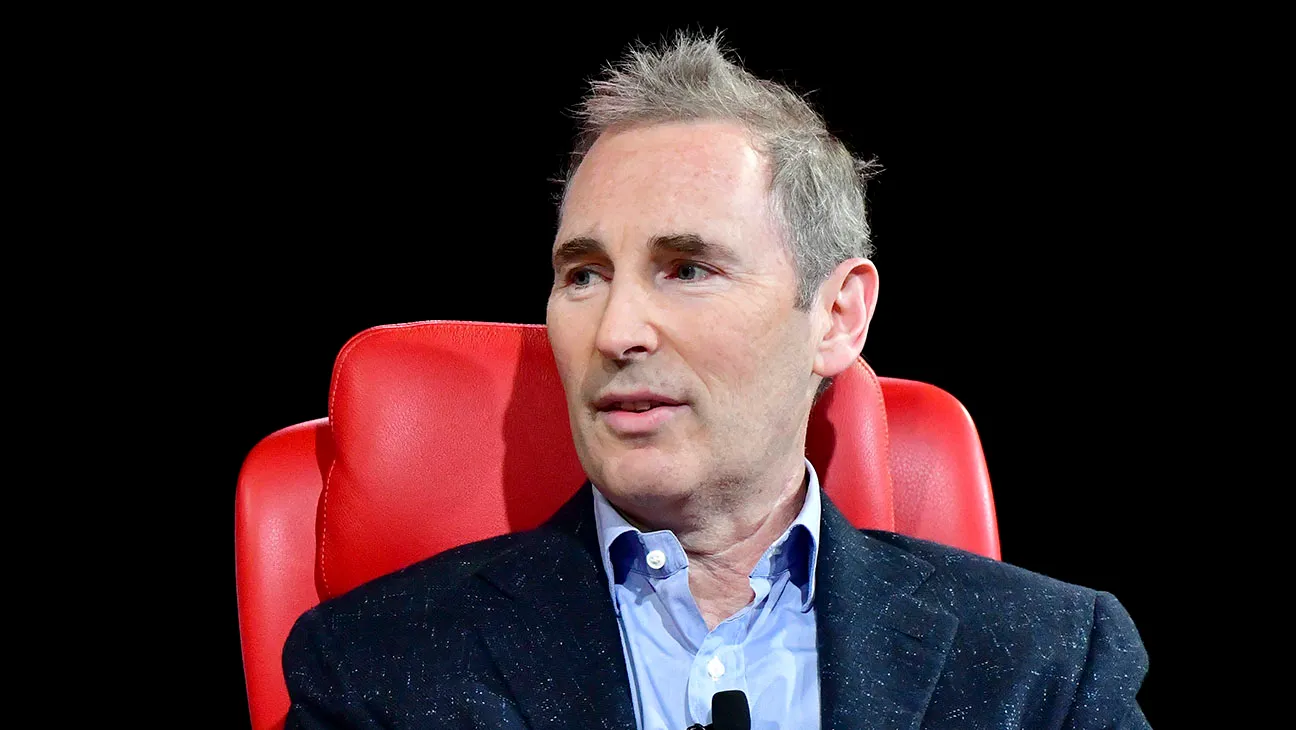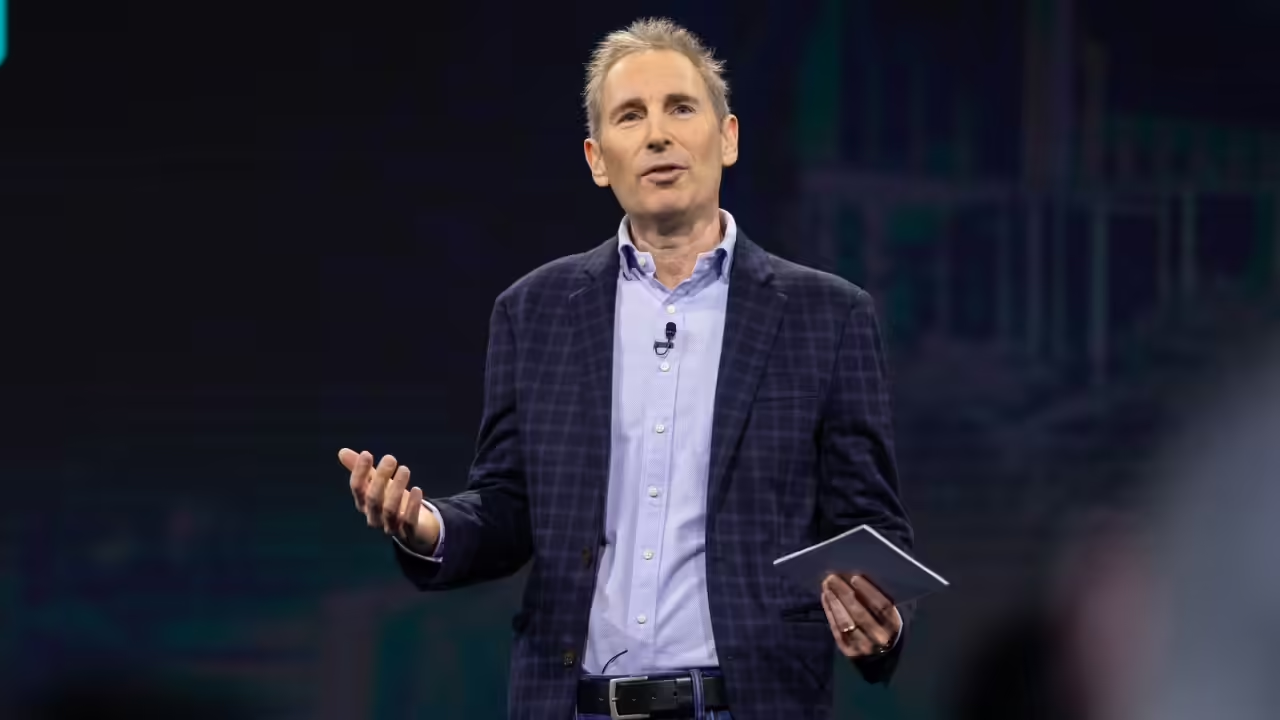Amazon CEO Andy Jassy has made a bold prediction about the future of artificial intelligence costs, declaring that AI expenses will dramatically decrease over time despite the company’s massive investment commitments. In his 2025 annual shareholder letter, Jassy stated emphatically that “AI does not have to be as expensive as it is today, and it won’t be in the future”. This forecast comes as Amazon announces plans to spend an unprecedented $100 billion on capital expenditures in 2025, primarily focused on AI infrastructure development.
The timing of Jassy’s prediction is particularly significant given the current AI. Since OpenAI’s ChatGPT launched in late 2022, demand for generative AI has skyrocketed, driving up costs across the industry. However, Jassy’s confidence in declining costs reflects Amazon’s strategic long-term vision and its historical success in making expensive technologies more accessible. The CEO drew parallels to Amazon Web Services (AWS), which grew from $4.6 billion in revenue a decade ago to $108 billion in 2024 by consistently reducing computing costs and attracting more customers.
Jassy identified chips as “the biggest culprit” behind current AI costs, noting that “most AI to date has been built on one chip provider” – an apparent reference to Nvidia’s market dominance. However, he anticipates that inference capabilities will become more efficient within the next couple of years, while chips will offer progressively better performance-to-price ratios. This technological evolution, combined with improvements in model distillation, prompt tuning, computational infrastructure, and model designs, will gradually reduce the “cost per unit in AI”.
Amazon’s Massive AI Investment Strategy
Amazon’s commitment to AI infrastructure is unprecedented in scale and scope. The company’s planned $100 billion capital expenditure for 2025 represents a significant increase from approximately $83 billion spent in the previous year. During the fourth quarter of 2024 alone, Amazon allocated $26.3 billion in capital expenditures, with CEO Jassy indicating this level reasonably reflects the annualized expenditure rate for 2025.

This massive investment is being channeled into multiple areas of AI infrastructure. Amazon has been rapidly expanding its data centers, upgrading networking equipment, and investing in specialized hardware to meet the surging demand for generative AI services. The company has also developed its own AI models, custom chips, shopping assistants, and created Bedrock – a comprehensive platform for third-party AI models.
Industry-Wide AI Investment Trends
Amazon’s substantial AI investments align with broader industry trends, as major technology companies race to capture market share in the rapidly evolving AI. Alphabet, Google’s parent company, announced plans to spend approximately $75 billion on capital expenditures in 2025. Microsoft has committed to investing $80 billion in fiscal 2025 to expand its data centers for AI workloads, while Meta plans to spend up to $65 billion on capital expenditures to enhance its data center and computing infrastructure.
Economic Implications and Market Democratization
Jassy’s prediction about falling AI costs carries significant implications for market democratization. He emphasized that “reducing the cost per unit in AI will unleash AI being used as expansively as customers desire, and also lead to more AI spending”. This economic dynamic mirrors Amazon’s historical approach with AWS, where lowering costs attracted more customers and ultimately grew the business.
The anticipated cost reductions could make AI technology accessible to smaller enterprises and startups, potentially democratizing advanced AI capabilities across industries. This accessibility could drive innovation in sectors ranging from healthcare to finance, as businesses that previously couldn’t afford AI solutions gain access to these transformative technologies.

